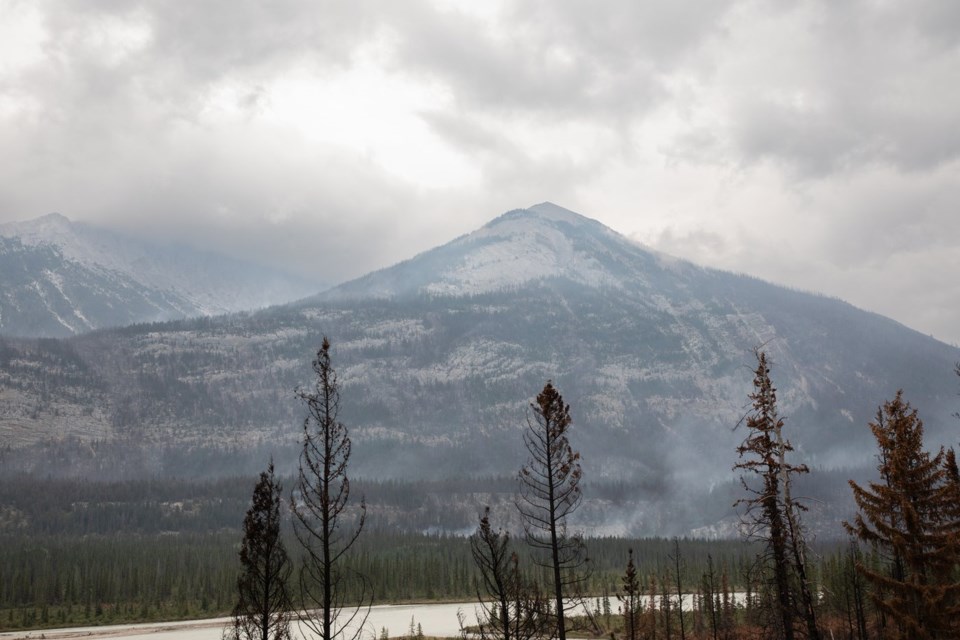TORONTO — Raging Canadian wildfires that choked North America under clouds of smoke last year may have contributed to a spike in doctor visits for lung and heart problems thousands of kilometres away, according to peer-reviewed findings published Friday.
The study from U.S. researchers suggests doctor visits in the Baltimore area for heart and lung problems increased by almost 20 per cent on six "hot spot" days linked to wildfire smoke from Western Canada.
"Large and highly populous geographic regions not traditionally regarded as susceptible to the adverse effects of wildfire smoke, such as in the Eastern U.S., may nonetheless experience adverse health consequences associated with smoke from wildfires originating from remote distances," reads the study in JAMA Network Open, a peer-reviewed journal published by the American Medical Association.
Canada's worst wildfire season on record saw plumes of smoke drift across the continent made up of fine-particle pollution that's tiny enough to get deep in the lungs and create serious health effects.
Researchers at the University of Maryland identified six days in June 2023 when wildfire smoke-related pollution was the highest and compared it with anonymized patient records, including hospital admissions and visits to the ER and outpatient clinics.
The study says those hot spot days were associated with an 18 per cent higher likelihood that patients visited the doctor for a cardiopulmonary condition, compared to the volume of visits on days in June 2018 and June 2019.
Researchers say in the study published by Jama Network Open that patients tended to be more affluent overall than those who made visits on days with good air quality, suggesting disadvantaged patients may not be getting the care they need on high-risk days.
In a statement, first author Dr. Mary Maldarelli says the smell of smoke permeated darkened Baltimore skies in June 2023.
"My patients came in to me saying they were coughing quite a bit more and needed their medications more often, so they felt much sicker than they usually did when these wildfires occurred," said Maldarelli, a pulmonary critical care fellow at the University of Maryland School of Medicine.
The study adds to burgeoning academic literature documenting how wildfires, growing in size and intensity due to climate change, pose a risk to human health.
Findings published in October in one of the world's leading science journals suggested that global warming, largely driven by the burning of fossil fuels, may be contributing to thousands more wildfire smoke-related deaths every year, compared to previous decades.
Symptoms of wildfire smoke exposure vary significantly from mild, more-common symptoms such as headaches to premature death, according to Health Canada. Smoke pollution has been clearly shown to exacerbate lung diseases such as asthma.
Friday's study suggests that clinics, compared to emergency departments and in-patient units, were "particularly susceptible" to change in patient volume during the hot spot days.
This report by The Canadian Press was first published Dec. 13, 2024.
Jordan Omstead, The Canadian Press




